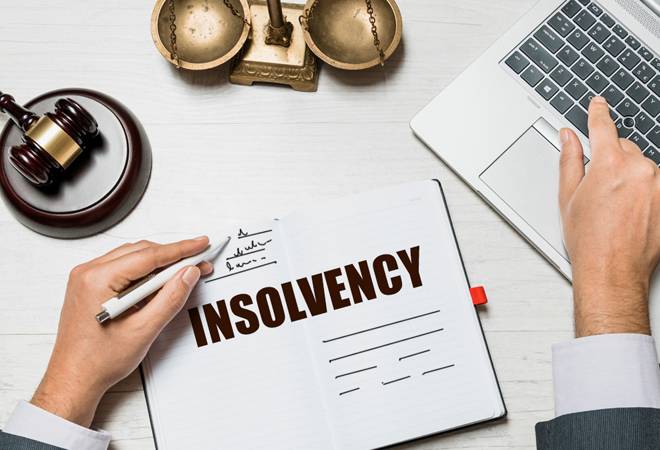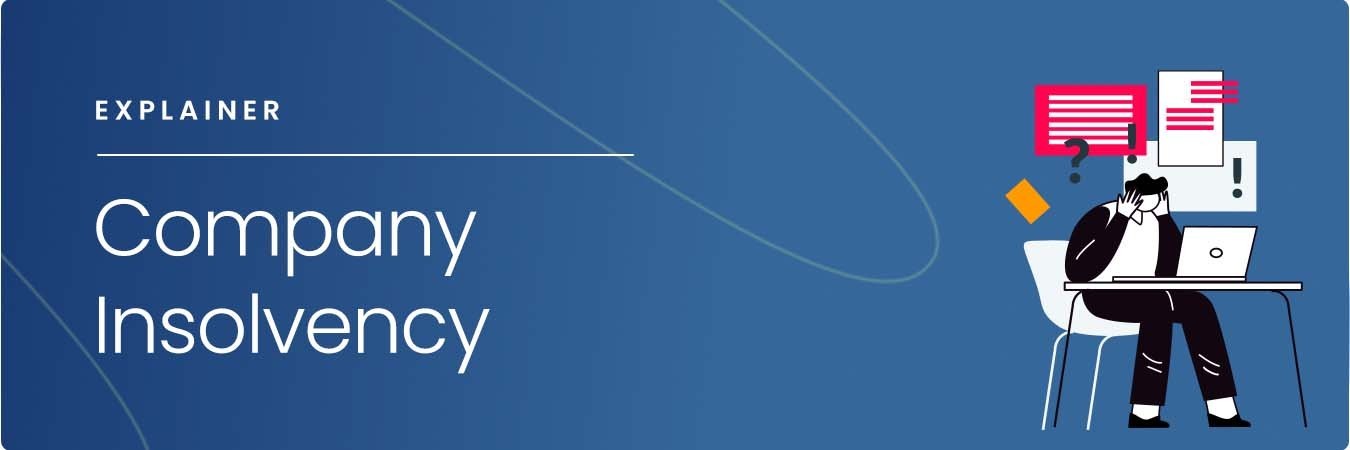Insolvency Practitioner for Beginners
Insolvency Practitioner for Beginners
Blog Article
Getting The Insolvency Practitioner To Work
Table of ContentsThe Facts About Insolvency Practitioner RevealedThe Single Strategy To Use For Insolvency PractitionerSome Known Details About Insolvency Practitioner Insolvency Practitioner Can Be Fun For EveryoneThe Definitive Guide to Insolvency PractitionerInsolvency Practitioner - The Facts9 Easy Facts About Insolvency Practitioner Described
Insurance coverage is kept an eye on and regulated by state insurance divisions, and one of their key purposes is securing insurance holders from the danger of a company in economic distress. When a firm goes into a duration of economic trouble and is not able to fulfill its obligations, the insurance policy commissioner in the company's home state launches a processdictated by the laws of the statewhereby efforts are made to aid the company reclaim its economic footing.If it is established that the business can not be refurbished, the company is stated insolvent, and the commissioner will certainly ask the state court to purchase the liquidation of the firm. [Back] The insurance commissioner, either appointed by the governor or chosen, heads the state insurance policy department and displays and regulates insurance coverage task within the state.
By getting control of a firm, the commissioner (or the insurance coverage department) is, by legislation, the rehabilitator or liquidator of the firm. In this capability, the commissioner or department takes control of the firm's procedures. Rather than do so straight, the commissioner might preserve a special deputy receiver to oversee the company's tasks.
See This Report on Insolvency Practitioner
The receiver manages an accountancy of the business's possessions and obligations and provides the estate of the business. In doing so, the receiver seeks to optimize the business's assets, transfer them to cash money, and afterwards distribute that money to lenders having valid cases against the insurance company in accordance with settlement concerns defined by state law (in all states, insurance holders are concern claimants whose insurance claims are paid before those of basic creditors).
All insurance provider (with restricted exceptions) certified to market life or medical insurance or annuities in a state need to be participants of that state's guaranty association. The guaranty organization accepts the commissioner and the receiver in pre-liquidation preparation. When the liquidation is purchased, the guaranty organization gives insurance coverage to the business's insurance policy holders who are state residents (approximately the degrees specified by state lawssee listed below; any type of benefit amounts over the guaranty asociation advantage degrees become cases against the business's staying assets).
Not known Details About Insolvency Practitioner
The above coverage levels apply independently for each bankrupt insurer. When an insurance company fails and there is a shortfall of funds needed to meet the obligations to insurance policy holders, state guaranty associations are triggered. Warranty associations have subrogation legal rights to an in proportion share of the possessions staying in the stopped working insurance company.
Second, insurance firms doing organization in that state are examined a share of the amount required to satisfy the part of the guaranty organizations' covered claims not or else funded with estate possessions. The quantity insurers are analyzed is based on the amount of premiums that they gather in that state. The National Company of Life and Health Insurance Guaranty Associations (NOLHGA) is made up of the Related Site life and wellness insurance coverage guaranty organizations of all 50 states and the Area of Columbia.
NOLHGA develops a job force of depictive warranty organizations to work with the insurance policy commissioner to create a strategy to safeguard policyholders. For more information on NOLHGA's duty while doing so, see "What Is NOLHGA?" and "The Safety Internet at the workplace." [Back]
Everything about Insolvency Practitioner

Predictive protection by assisting you choose the appropriate customers and the ideal markets to avoid poor financial debt in the first area, thanks to severe economic evaluation. In-depth market knowledge, providing you with 360-degree presence on service markets and foreshadowing problems. It would certainly be a simplification to assume a trade credit history insurance policy starts and ends with premiums and pay-outs.

About Insolvency Practitioner
Why does a company enter right into insolvency? There are a number of factors why a company may get in right into bankruptcy.
Various other reasons for bankruptcy consist of fraudulence, mismanagement, and unforeseen prices. Bankruptcy can also lead to work losses and the closure of companies.
4 Easy Facts About Insolvency Practitioner Explained
This can have significant ramifications for the business, its stakeholders, lenders and the economic climate. The business might be compelled to sell possessions, gave up personnel or also shut down. This can have a knock-on effect on the neighborhood area and the economy overall. Lenders might be neglected of pocket and the business's shareholders may see their financial investment go away.
This can take place for a variety of reasons, consisting of inadequate financial monitoring, unforeseen expenses, or a change in the market. If a business is financially troubled, it may be required to shut down or offer off assets to pay lenders. This can have a major effect on the organization, staff members, and investors.
Why does a company get More Bonuses in into insolvency? There are a number of reasons why a firm may get in into insolvency.
4 Easy Facts About Insolvency Practitioner Explained
Various other factors for great site bankruptcy include scams, mismanagement, and unforeseen expenses. Insolvency can additionally lead to work losses and the closure of organizations.
The business may be compelled to market properties, lay off personnel or also shut down. Lenders may be left out of pocket and the company's shareholders might see their financial investment disappear.
Report this page